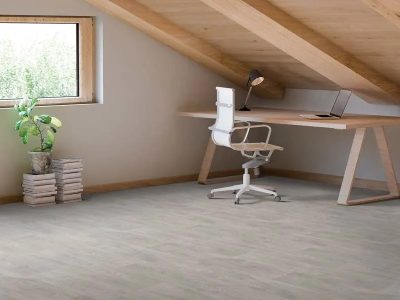In recent years, there has been a significant shift towards sustainable living practices and environmentally friendly products. This movement has extended to the realm of interior design and home renovations, leading to the development of innovative eco-friendly flooring materials that not only enhance the aesthetics of a space but also reduce the environmental impact of construction. Advances in eco-friendly flooring materials have opened up a world of possibilities for homeowners, architects, and designers looking to create beautiful, sustainable spaces.
The Rise of Eco-Friendly Flooring
Traditional flooring materials, such as hardwood, laminate, and carpet, often come with a hefty environmental cost. Deforestation, chemical emissions, and non-biodegradable waste are just a few of the issues associated with conventional flooring options. In response to these concerns, the demand for eco-friendly flooring materials has surged, prompting manufacturers to develop innovative solutions that prioritize sustainability without compromising on style or durability.

Types of Eco-Friendly Flooring Materials
- Bamboo: Bamboo flooring has gained popularity due to its rapid renewability and natural beauty. It is a sustainable alternative to hardwood, as bamboo grows much faster and can be harvested without causing long-term damage to the environment.
- Cork: Cork flooring is made from the bark of cork oak trees, which regenerate after harvesting. This renewable resource is not only eco-friendly but also provides a cushioned and comfortable surface that is resistant to mold and mildew.
- Recycled Materials: Innovative flooring options made from recycled materials, such as reclaimed wood, glass tiles, and rubber, are gaining traction in the market. These materials help reduce waste and give new life to discarded products.
- Linoleum: Linoleum is a natural flooring material made from linseed oil, pine resin, cork dust, and wood flour. It is biodegradable, antimicrobial, and available in a wide range of colors and patterns.
- Concrete: Concrete flooring is a versatile and durable option that can be made eco-friendly by using recycled aggregates and low-VOC sealants. Polished concrete floors are not only stylish but also energy-efficient.
The Benefits of Eco-Friendly Flooring
Choosing eco-friendly flooring materials offers a myriad of benefits beyond environmental conservation. These materials are often hypoallergenic, easy to maintain, and long-lasting, making them a practical and sustainable choice for residential and commercial spaces. Additionally, eco-friendly flooring can improve indoor air quality by reducing the presence of harmful chemicals and allergens commonly found in traditional flooring products.
As awareness of environmental issues continues to grow, the demand for eco-friendly flooring materials is expected to rise. By investing in sustainable flooring options, homeowners can contribute to a healthier planet while creating beautiful and functional living spaces. The advances in eco-friendly flooring materials are not only shaping the future of interior design but also paving the way for a more sustainable and conscious approach to construction and renovation projects.













Comments